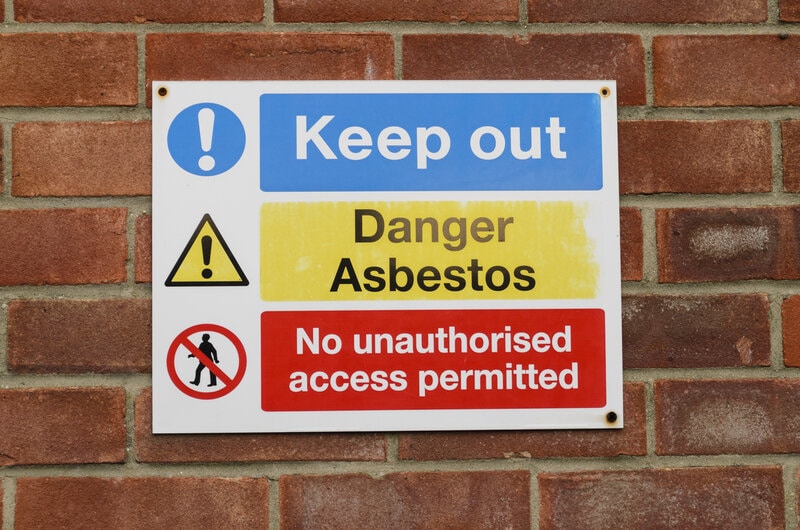
What Does Asbestos Look Like?
Builders used asbestos as an insulator and fire retardant in both commercial and domestic buildings for a very long time. If you live in a house built more than a few decades ago, it’s entirely possible you’ll encounter some when you’re renovating your property.
What Does Asbestos Look Like?
Asbestos comes in several forms. Some of the most common are:
Loose-Fill Fibers
Loose-fill asbestos fibers are sometimes used in fire doors or stuffed into bags that are inserted between floor joists. This type of asbestos is very dangerous because even small disturbance will release fibers into the air. The fibers are easy to spot because they’re white, with a layered structure and curly fibers.
Coatings
Asbestos is often sprayed onto steelwork in buildings for additional fire protection. You may also see it used on ceilings or the underside of roofs to act as insulation and prevent condensation. These coatings are delicate, and if chipping, cutting or damaging them may release fibers. Spray-on asbestos may be chrysotile (white) or crocidolite (blue), and has thin fibers.
Thermal Insulation
Amosite asbestos is brown in color and is often used for cement sheeting and pipe insulation. This type of asbestos presents a serious cancer risk if mishandled. If you see wrapped or painted tiles and you’re unsure if it contains asbestos, seek professional advice.
Insulating Boards
Asbestos insulating boards often supply fire protection, thermal and acoustic insulation. They provide lining for partition walls, in fire doors, and even in ceiling tiles. It can be hard to tell if insulation is friable or non-friable asbestos if you’re not familiar with the products on the market.
Do not attempt to chip off or break insulating boards to figure out their materials. One reason asbestos is so dangerous is that the small fibers are invisible to the naked eye. Disturbed asbestos can release fibers that float in the air for days. If inhaled, those fibers can do lasting damage to a person’s lungs.
Other Types of Asbestos
There are other types of asbestos, such as bakelite products that are made from other materials with asbestos bonded into them, that are usually considered less of a health risk because of the bonding materials preventing the asbestos release. However, crushing or damaging such products could still cause fiber release.
Asbestos that is intact and undisturbed is safe and inert. However, renovation work can damage the material, releasing dangerous fibers into the air. For this reason, it’s vital to find out if there’s asbestos in your property before you start work. If you’re unsure whether asbestos is present or you see something that you think might be asbestos, seek professional advice before disturbing that material.
